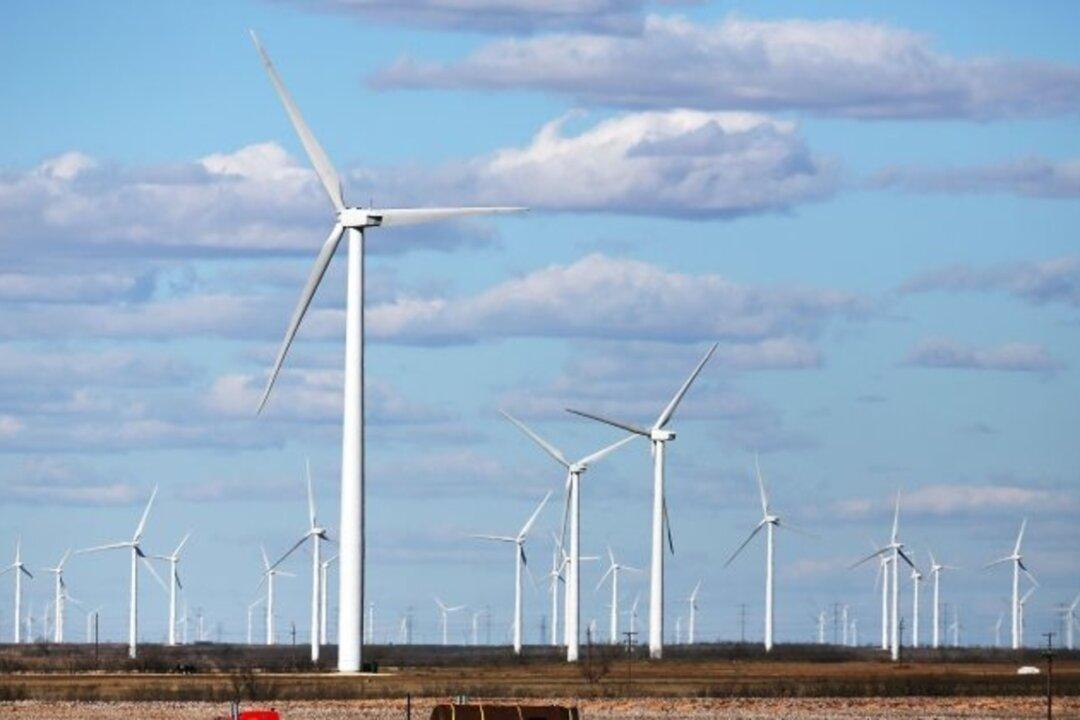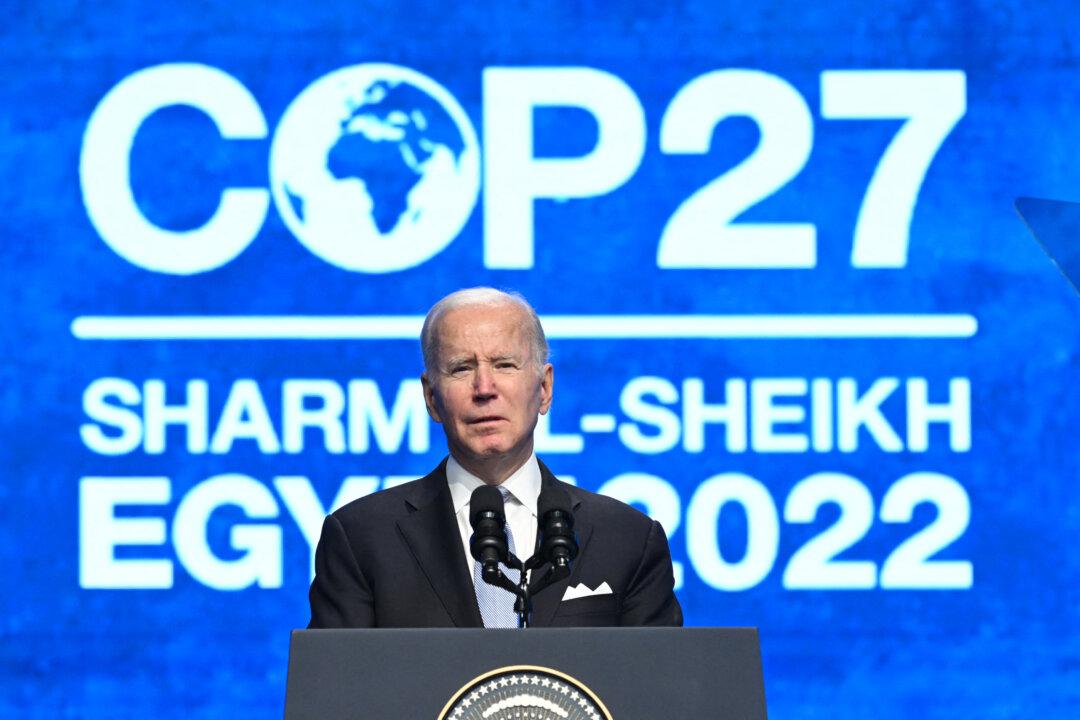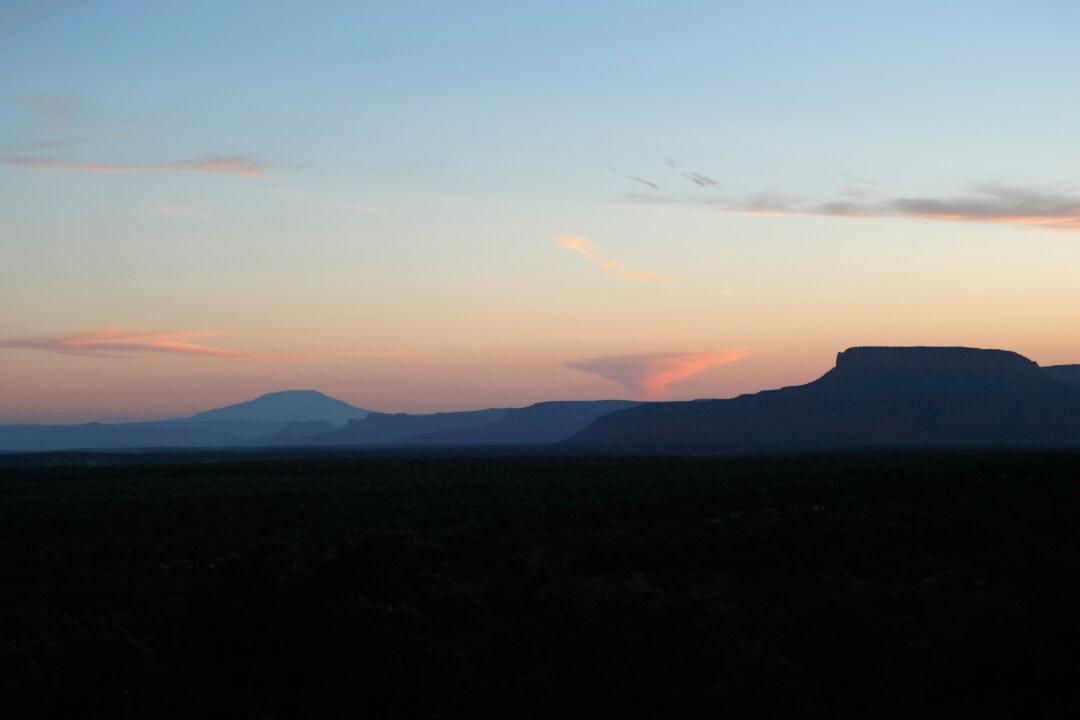Commentary
The Biden White House’s March 29 announcement that it will expedite the development of offshore wind projects along the Atlantic coast of the United States underscores the administration’s commitment to move the nation away from fossil fuels to increased dependence on renewable energy.





